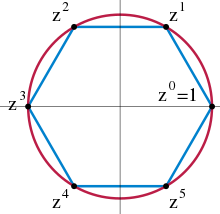user227867
user227867
user227867
user227867
user228700
user228700
user228700
user116211
user116211
user116211
user116211
user116211
user116211
user227867
user227867
user228700
user227867
user228700
user227867
user227867
user228700
user228700
user228700
user228700
user228700
user228700
user228700
user227867
user227867
user227867
user228700
user228700
user228700
user227867
user228700
user227867
user228700
user228700
user228700
user116211
user116211
user116211
user116211
user116211
user116211


